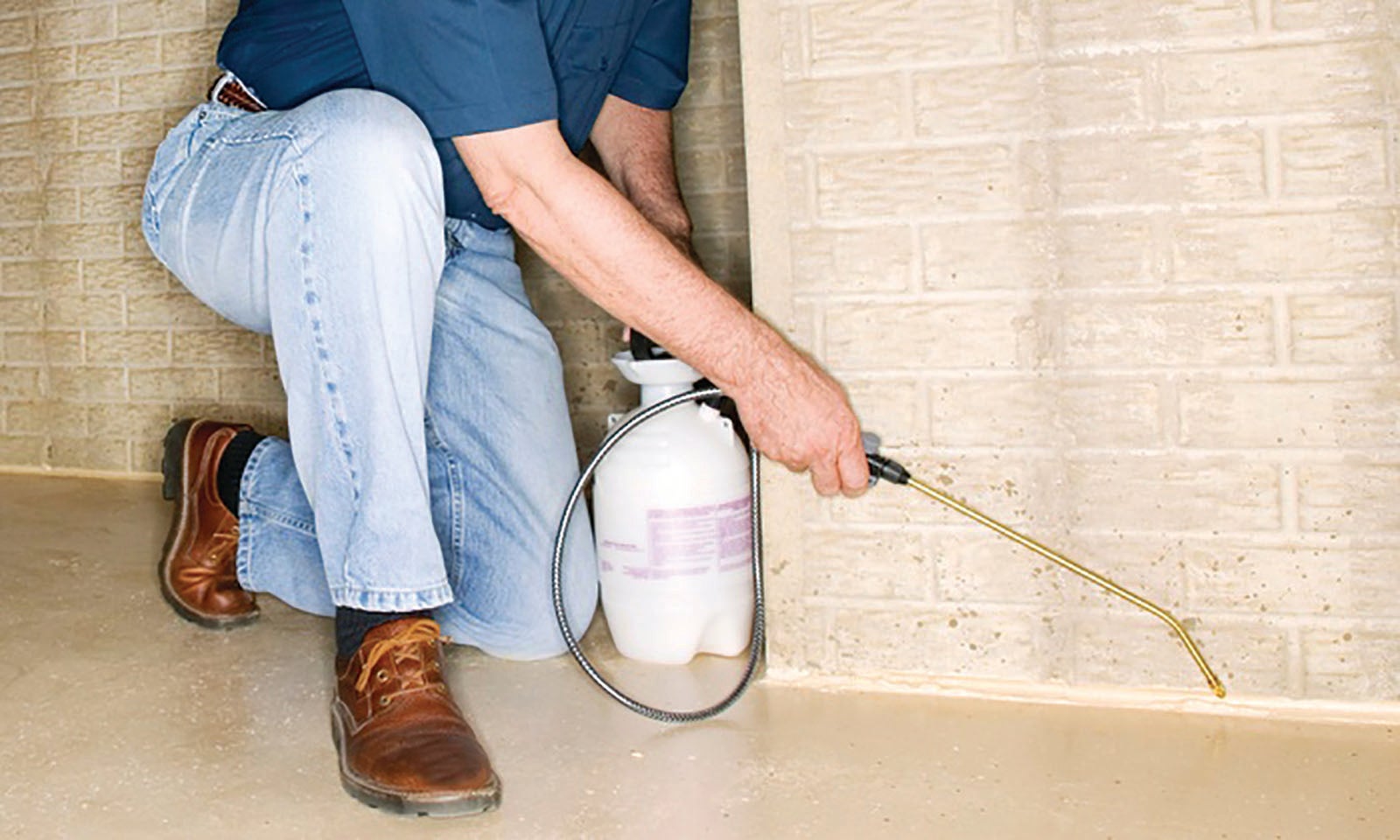Roaches: Dealing with unwelcome guests
Published 3:20 pm Tuesday, April 28, 2020

- File photo Multiple treatments are usually needed to fight infestations.
People sheltering in place this spring may discover they have unwelcome guests — cockroaches.
Roaches are a common problem just about everywhere, showing up even in homes that are kept very clean, and tend to make their presence better known as temperatures rise in the spring and summer.
Pest control experts say there are four signs of a cockroach infestation — seeing the fast-moving insects scurrying toward dark areas; seeing droppings that are often mistaken for mouse droppings; finding dark-colored egg capsules about 8 mm long “glued” near food sources in kitchens, basements or laundry rooms; and the presence of a “musty” smell, often noticed by people with sensitive noses.
Cockroaches can adversely affect human health, contaminating food and potentially transmitting disease organisms on their body parts, said Dr. Blake Layton Jr. with the Mississippi State University Extension Service. Excrement and cast-off skins can also cause allergic reactions in some people, resulting in runny noses, sneezing, eye irritation and skin reactions. Some children can even develop asthma-related symptoms.
The types of roaches most common in Mississippi are divided into two groups with very simple names — small roaches and large roaches. Small roaches are those who only reach about ½-inch in length as adults. Large roaches can reach more than one inch in length when fully grown.
German and brown-banded cockroaches, both small roaches, and smoky-brown, brown and American cockroaches, all three large roaches, are the ones most commonly seen in the Southeastern United States in indoor infestations.
Control methods vary for each type of roach. Baits and traps work better for some than others and professional pest control is typically the best way to control or eliminate these annoying critters. But people can take steps to reduce cockroaches and prevent infestations as much as possible.
Don’t leave food out. Clean spills, crumbs and dried residues from splatter or dirty dishes as soon as possible. This includes pet feeding areas. Roaches feed on these sources, as well as materials found on soiled clothing and diapers, and the dead bodies and excrement of other roaches.
De-clutter to make cleaning and treatment easier. Vacuum inside cabinets, as well as under and behind appliances and furniture.
Store food, pet food, garbage and other food sources in bug-proof containers.
Apply boric acid to cracks, crevices and voids, according to directions on the poison label. Apply appropriate gel baits or bait stations, according to directions.
Above all, maintain good sanitation habits.
“Unfortunately, a single insecticide treatment, no matter how thoroughly applied, will rarely be sufficient to totally eliminate a heavy infestation. Be sure to re-treat in a few weeks, or follow up with some other type of supplemental treatment, such as baits. Always keep in mind that sanitation is the most important part of any roach control program,” said Layton.
Homeowners shouldn’t neglect taking care of a roach problem, worrying that a pest-control expert will consider them to have poor cleanliness habits. The experts know how difficult it is to prevent and control infestations.
Lincoln County’s extension agents are Rebecca Bates, Extension Agent IV; LaToya Denise Evans, Extension Agent III; and Jennifer Kelly Williams, Extension Agent II. Debbie Corley and Glenda Delores Kees are office associates. For more information about MSU Extension Service or for more information about cockroaches and other pests — and tips on how to fight them — visit the Mississippi State University Extension Service website at extension.msstate.edu.





